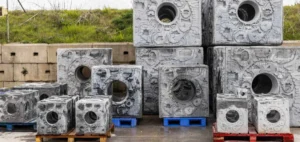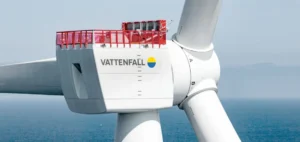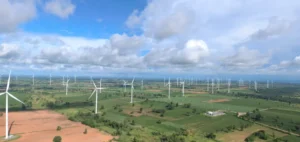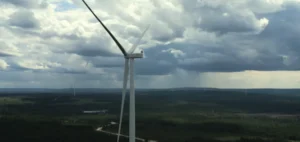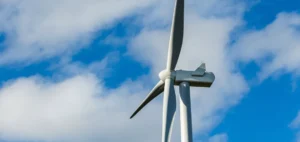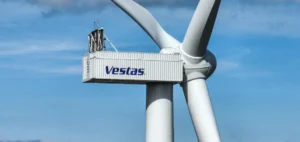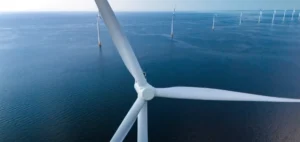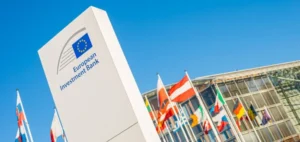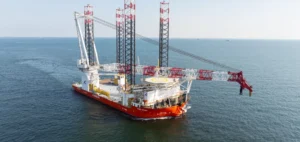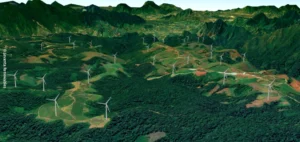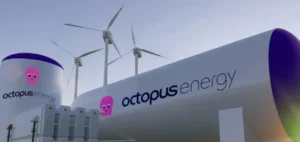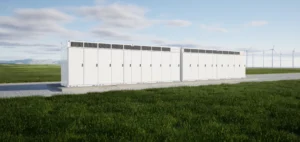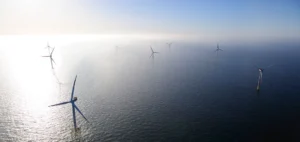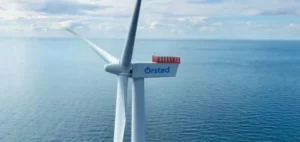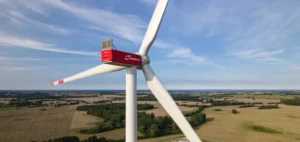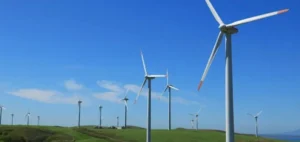Sumitomo Corporation makes a strategic investment in EEW Offshore Wind EU Holding, a Germany-based leader in the production of monopiles, critical structures for offshore wind turbine foundations.
This partnership, scheduled for completion by the end of 2024, comes at a time when Europe is looking to multiply its installed offshore wind power capacity, with ambitious targets for the coming decades.
Meeting growing market needs
The European offshore wind energy market is booming.
Demand for monopiles, essential for stabilizing offshore wind turbines, is set to rise from 650,000 tonnes in 2023 to over one million tonnes by 2026.
EEW, with its expertise in the production of large steel structures, is well positioned to meet this growing demand.
Sumitomo Corporation ‘s investment is aimed at securing this production to support large-scale projects in Europe.
The decision to invest in EEW is part of Sumitomo’s overall strategy to strengthen its position in the European offshore wind market.
This move will enable us to meet the sector’s critical needs, while ensuring a stable supply of essential components, notably monopiles, for which demand continues to grow.
Industrial strategy and partnerships
The partnership with EEW enables Sumitomo Corporation to increase its presence in the European market while optimizing its supply chain.
Thanks to this alliance, Sumitomo can now better meet the needs of projects in Europe, by guaranteeing large-scale production of monopiles, crucial for offshore infrastructures.
By joining forces with a recognized player such as EEW, Sumitomo Corporation has secured a solid position in the face of growing demand from Europe’s offshore wind energy sector.
This investment will enable the company to enhance its offering, diversify its activities and strengthen its influence in the European energy industry.



